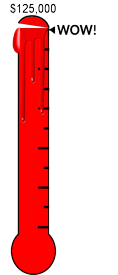
Thanks to your support in 2020, we were able to donate $125,000 to Canadian registered charities.
-
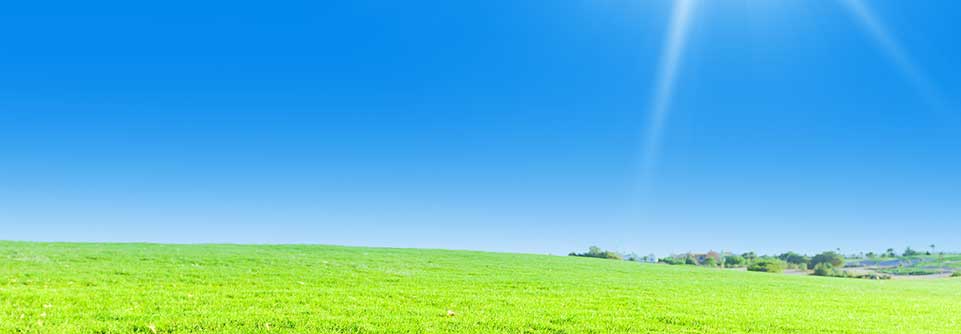
 Textile Waste Diversion Inc. is a family owned and operated business. We are leading the way in the textile waste diversion industry, building a community driven, green future. TWD is fully insured and supports textile recycling industry regulation and employee development. We are dedicated to setting a new standard for our industry.
Textile Waste Diversion Inc. is a family owned and operated business. We are leading the way in the textile waste diversion industry, building a community driven, green future. TWD is fully insured and supports textile recycling industry regulation and employee development. We are dedicated to setting a new standard for our industry.
-
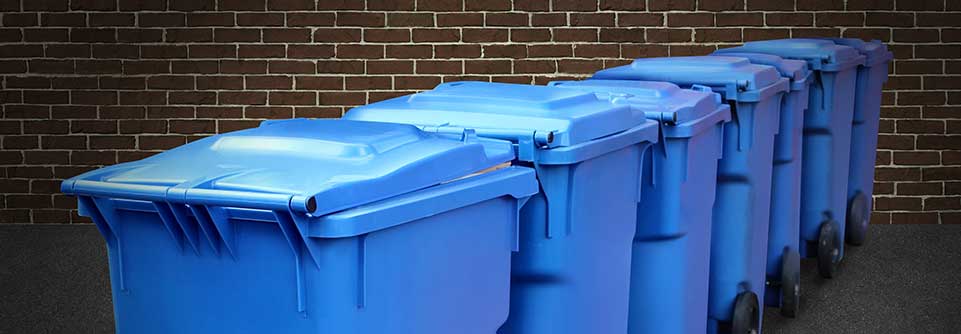
 Textile Waste Diversion Inc. believes that every corporate entity has a social responsibility to assist the communities that support their business. We believe that generously supporting charities is not only good business, but a moral responsibility.
Textile Waste Diversion Inc. believes that every corporate entity has a social responsibility to assist the communities that support their business. We believe that generously supporting charities is not only good business, but a moral responsibility.
-
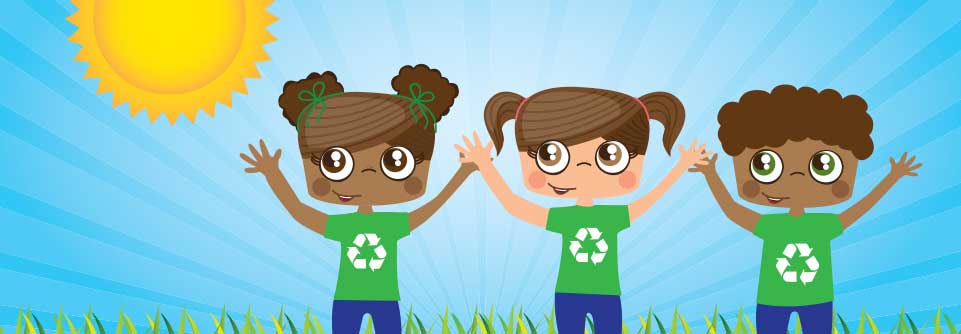
 Visit our Kids' Corner for recycling tips, fun facts, puzzles and coloring pages!
Visit our Kids' Corner for recycling tips, fun facts, puzzles and coloring pages!
-
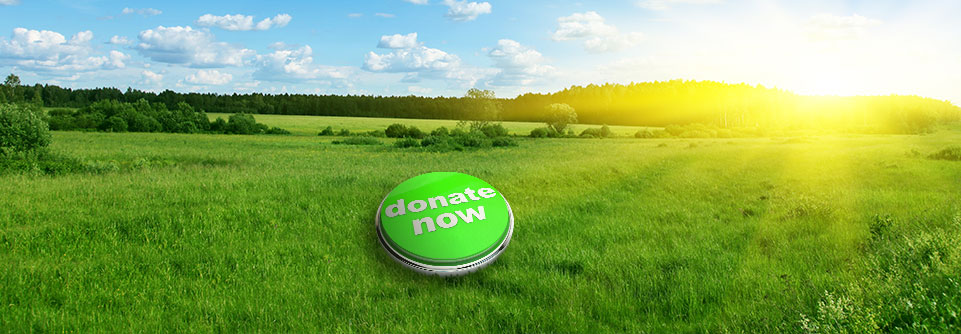
 Textile Waste Diversion is proud to support the Canadian Community Support Foundation. We believe that generously supporting charities is not only good business, but a moral responsibility. We estimate that we will be donating approximately $90,000 to the Canadian Community Support Foundation in the next fiscal year.
Textile Waste Diversion is proud to support the Canadian Community Support Foundation. We believe that generously supporting charities is not only good business, but a moral responsibility. We estimate that we will be donating approximately $90,000 to the Canadian Community Support Foundation in the next fiscal year.
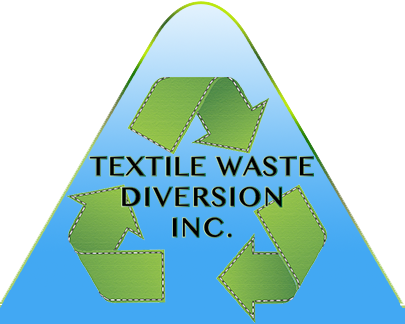
20202020.25 pounds diverted from waste to date
Textile Waste Diversion is...
-
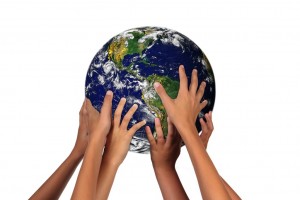 A textile recycling company
A textile recycling company - A family owned and operated business
- Building a community driven, green future through clothing donations.
- Dedicated to setting a new standard for the textile recycling industry.
Kids' Corner
Partners
Casino Syndicate - a large selection of games in our Norwegian casino på nett. Welcome to Syndicate Online Casino!
You can play Craps online in two ways: play for free or for real money. On Mrbet, you can even get a bonus for it.
Blog
One of the best parts of being a leading edge company in sustainability is the friendships we make. We are fortunate to connect and collaborate with many like minded companies […]
All industries evolve and improve over time, and used clothing collection is no exception. Textiles only impact about 5% of landfill volume, and therefore haven’t been a priority for legislators. […]
Consumers are becoming more aware of the environmental, economical and social consequences of the purchase choices they make. They are also learning that they communicate with the market through these […]
Packaging and trash
Out of every $10 spent buying things, $1 (10%) goes for packaging that is thrown away. Packaging represents about 65% of household trash.
Save the trees
If every American recycled just one-tenth of their newspapers, we would save about 25,000,000 trees a year.
In the bin!
Used aluminum beverage cans are the most recycled item in the U.S., but other types of aluminum, such as siding, gutters, car components, storm window frames, and lawn furniture can also be recycled.
Kiss this!
An estimated 80,000,000 Hershey's Kisses are wrapped each day, using enough aluminum foil to cover over 50 acres of space -- that's almost 40 football fields. All that foil is recyclable, but not many people realize it.
Packaging at the dump
About one-third of an average garbage dump is made up of packaging material!
Glass skyscrapers?
Plastic bottles by the hour
Americans use 2,500,000 plastic bottles every hour! Most of them are thrown away!
The Sunday paper
To produce each week's Sunday newspapers, 500,000 trees must be cut down.
The aluminum recycling loop
A used aluminum can is recycled and back on the grocery shelf as a new can in as little as 60 days. That's closed loop recycling at its finest!
What gets recycled in Canada?
Recycling by the Province
Canadian vs. American residential waste
Canadians produced 366 kg per person of residential waste in 2020; by 2020, this figure had increased to 418 kg per person. By way of comparison, residential waste production by our neighbours in the United States was 440 kg per person in 2020.
Canadian waste
A great reason to recycle!
How much water do ice caps and glaciers hold?
How much recyclable material gets thrown away?
Paper is the number one recyclable material that we throw away. For every 100 pounds of trash we throw away, 35 pounds is paper. Americans throw away 25 billion Styrofoam coffee cups every year, 40 billion soft drink cans and bottles every year, and 38 billion plastic bags. Placed end to end, they would reach to the moon and back hundreds of times.








